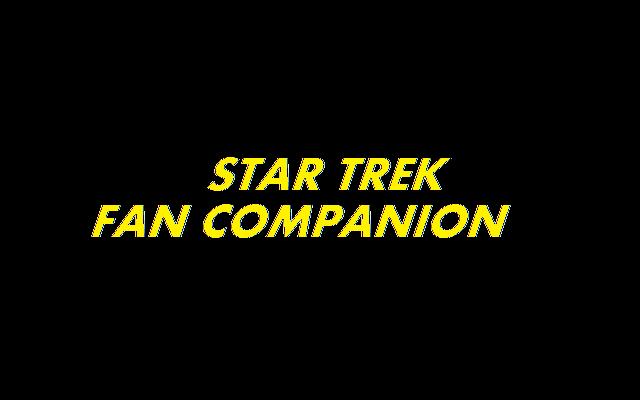There are a number of notable things to talk about concerning "Infinite Vulcan," but before I do, let's just get this out of the way: this is not really all that great an episode.
Okay! The first notable aspect is that it's written by Walter Koenig, who's otherwise known as Chekov. Chekov and/or Koenig do not appear in the series, which makes this the closest to a Chekov and/or Koenig fix you're going to get if you make the effort to watch it at all. It speaks to Koenig's versatility and adaptability that he wrote an episode of Star Trek. No other regular can say that in any incarnation. A few directed, had story credit, but none wrote anything directly.
The second is that this is a Eugenics Wars-related episode. Eugenics Wars, as in Khan ("Space Seed" from the original series, Wrath of Khan, Into Darkness), a three-episode suite from Enterprise ("Borderland," "Cold Station 12," and "The Augments") and even three from Deep Space Nine ("Doctor Bashir, I Presume?" and the tangentially-related "Statistical Probabilities" and "Chrysalis"). This is one of those classic elements of franchise lore that has never been able to be addressed directly (when Voyager visited 1996 in the two-part "Future's End," there was no mention at all, surely one of the great missed opportunities). The unrelated WWIII is sometimes confused with it, and has been featured far more directly (I won't go into that here).
Khan, obviously, is the most famous element of the Eugenics Wars. "Infinite Vulcan" features another veteran. He's, ah, no Khan.
Actually, the episode uses this valuable setup to...redo "Spock's Brain," basically. Yeah. So that happened. Data was collected ("The Most Toys"), and so was Seven ("Think Tank"), so it only figures that it would happen at least twice to Spock. The Eugenics Wars guy decides Spock is the best specimen to continue his legacy. This involves...duplicating him. And making him...bigger.
 |
| via Visionary Trek |
Far, far more unfortunate is the silly Eugenics Wars guy. I have no idea why Koenig, or someone else revising his work, thought this was a great way to use the Eugenics Wars. It was not. But this was back in the days when any Star Trek was more than anyone could ask. Truly embracing the emerging franchise's potential wouldn't come til later.
four quarter analysis
franchise * series * essential * character
notable guest-stars:
Nichelle Nichols
James Doohan



